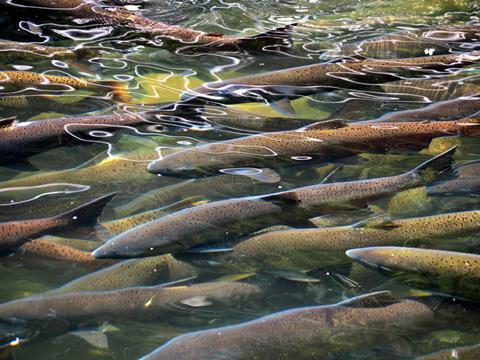
Retailers should prepare themselves for a further hike in salmon prices as global supplies feel the pinch from Chile’s toxic algae attack.
Chilean salmon prices are up by over 60% year on year after an algal bloom hit the country’s waters in February, releasing powerful toxins and starving the water of oxygen.
“Algal blooms contain large numbers of marine algae, which occur naturally in the ocean but usually in lower concentration,” says Mintec analyst Luana Clapis. “However, abnormally high ocean temperatures fuelled by El Niño have allowed the bloom to flourish.”
The bloom affected Chile’s salmon region and millions of fish were killed, with the country suffering losses equivalent to 123,500 tonnes of salmon to date. “Chilean salmon production is expected to decline 16% year on year in 2016, to 494,000 tonnes,” says Clapis.
Although Chilean authorities claimed the algae was diminishing and salmon mortality had ended in mid-March, the country is now battling a second algae attack that is killing bivalves, and marine biologists say it could take months for the blooms to dissipate entirely.
The Chilean disaster follows an outbreak of sea lice in Norway last year, which prompted salmon farmers to mass harvest, hitting 2016 stocks. “Since salmon takes, on average, two years to fully grow, the early partial harvest of 2014’s salmon generation is likely to limit the 2016 harvest,” says Clapis. “In January 2016, the biomass of 2014 generation was down 17% year on year.”
Extreme weather in Norway and the ongoing presence of sea lice in some areas - prompting further early harvests - have also resulted in lower average salmon weights this year.
Norwegian salmon production for 2016 is forecast at 1.18 million tonnes, down 5% on 2015 levels, and prices were up 63% year on year last month.







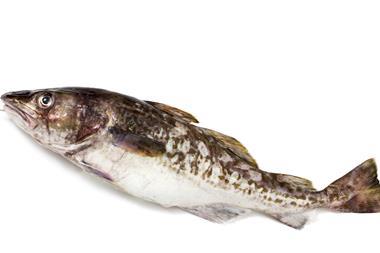
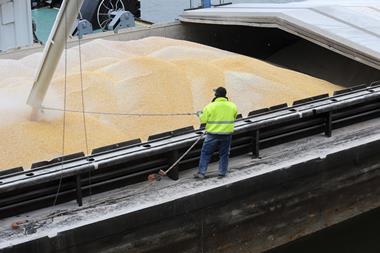
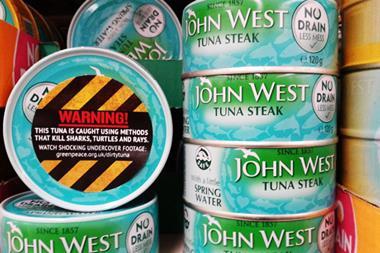

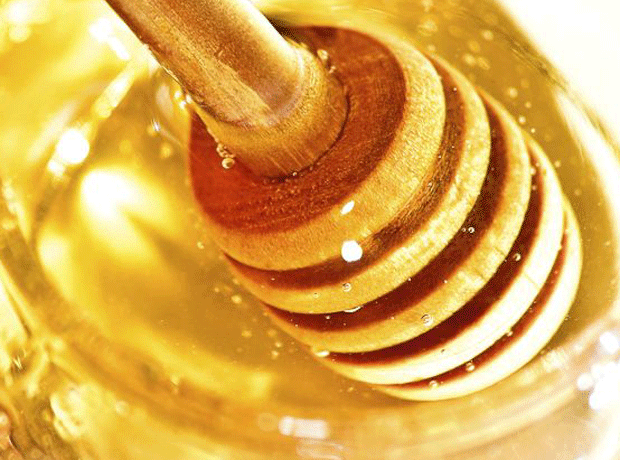
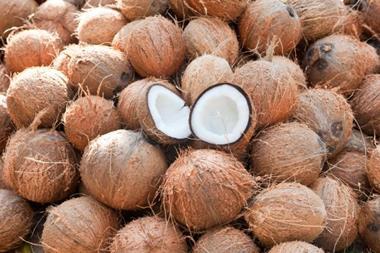






No comments yet